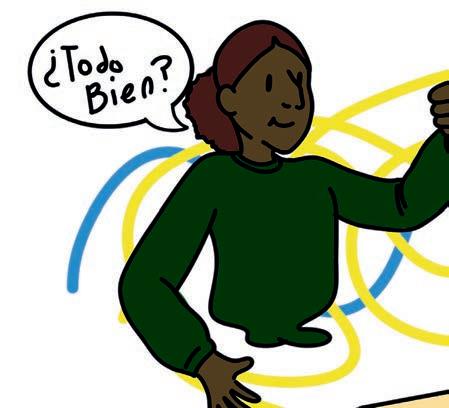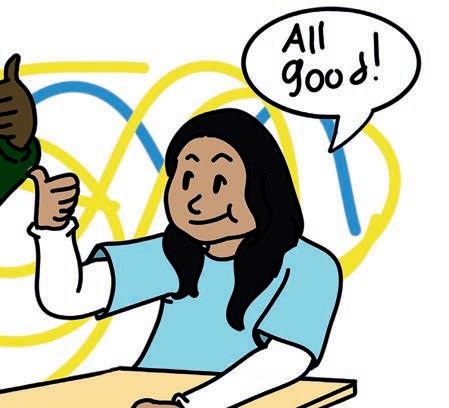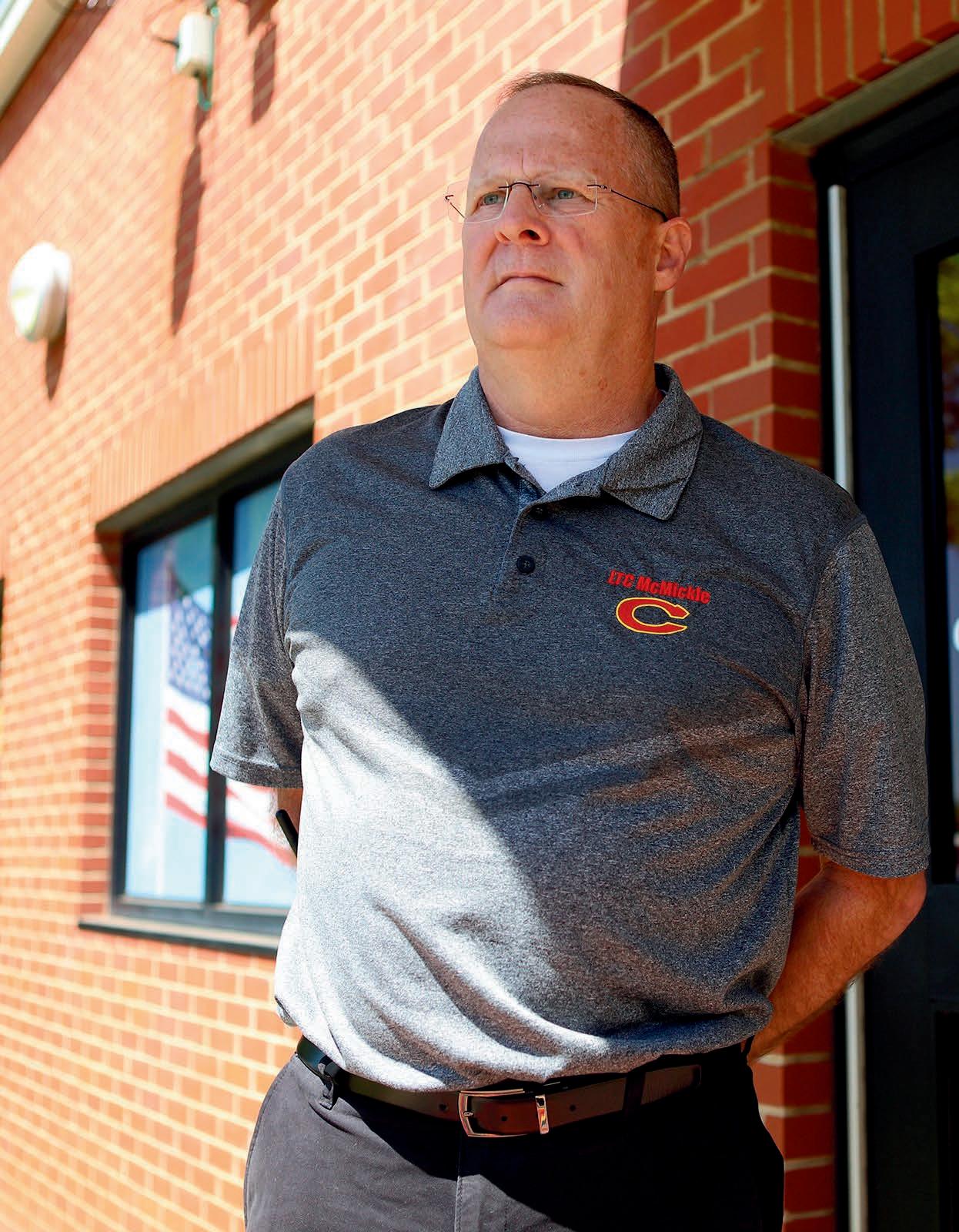
2 minute read
OUR TAKE
In Clarke Central High School, six educators are scattered throughout the school. Walking every hallway and helping English Learner (EL) students in core classrooms, this underrecognized team is helping English learners adapt to the new environment that is CCHS.
This is the team in charge of the English for Speakers of Other Languages (ESOL) program.
Advertisement
These teachers occupy dedicated ESOL classrooms to provide vital oneon-one instruction, are embedded in core curriculum classrooms to support ELs and provide language and cultural assistance to EL families outside of the school.
However, to most of the students at CCHS, the program remains out of sight and mind unless they have direct exposure to it. When thinking about core classes at the school, most turn to the classics: math, english, social studies and science, relegating ESOL to be a largely unknown and obscure program amongst the student body.
This is a problem because, for many newcomer ELs, the school’s ESOL program is not only one of their first immersions into the English language, but also American culture, making it uniquely important to these students. Without ESOL, they would lack communication skills and knowledge of the United States vital to their success in the country.
Newcomer EL and CCHS junior Raul Navarro believes that the ESOL program and ESOL social studies department teacher Kathy Erickson have helped him throughout his three months with the program.
“I think (the ESOL program) is good. (They) help you every time. If you don’t understand in English, they explain in Spanish, (which) help you learn English,” Navarro said. “I don’t have class with (Ms. Erickson) but she’s a good person. She helped me (with) hard words or something that I don’t understand in my class.”
ESOL students occupy two learning spaces: so-called “sheltered classes,” where EL students can receive personalized attention and Spanish-only lessons, and regular English-speaking classes with an ESOL teacher to provide guidance when needed. These different class styles allow these students to receive the best education possible for their individual needs.
While the average student may not be fully aware of ESOL’s scope, its importance to the students who rely on it cannot be overstated. For ESOL department teacher Carrie Emerson, building on ELs’ prior knowledge and supporting them throughout their learning processes is an important part of the ESOL program.
“(We are) trying to incorporate their existing cultural and linguistic knowledge into our classes, and have them make connections to their lives whenever possible,” Emerson said. “(ESOL) is about (showing) them that they can be successful in school, (and that) they’re not lesser than just because they’re learning English.”
The recognition ESOL receives doesn’t match its importance. For many CCHS students, English comes naturally and can be taken for granted. However, many EL students don’t have this luxury and rely on the ESOL staff to help them understand their new home and the language that surrounds them.
As a school, CCHS needs to recognize the hard work of the ESOL teachers and provide their students with more support to help them succeed. Helping EL students when they seem to be struggling and spreading awareness regarding the program and its goals are small steps the students of CCHS can take to support the ESOL program and its students.












